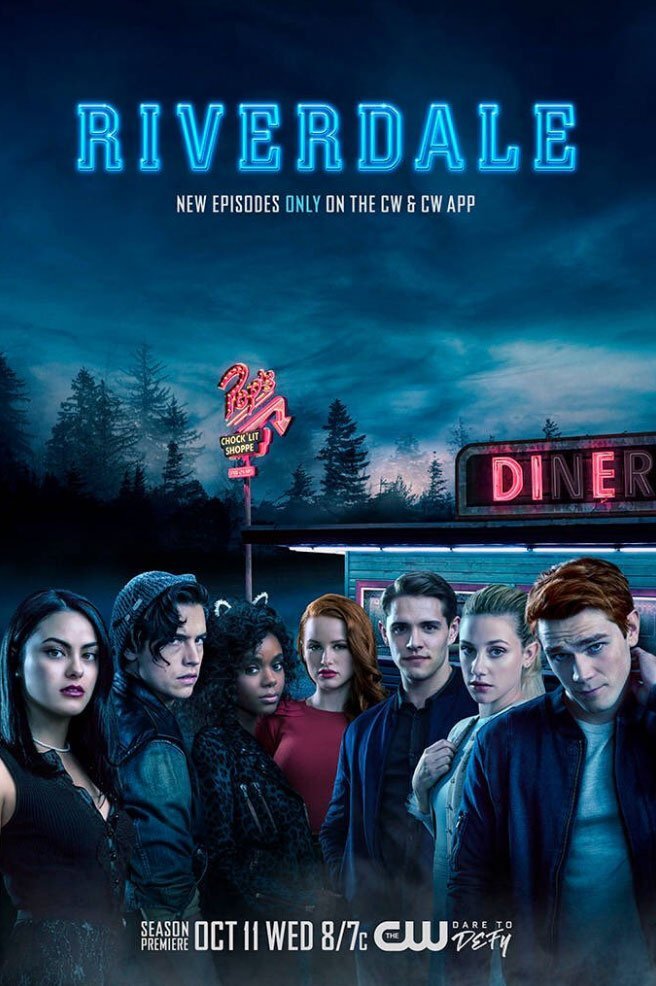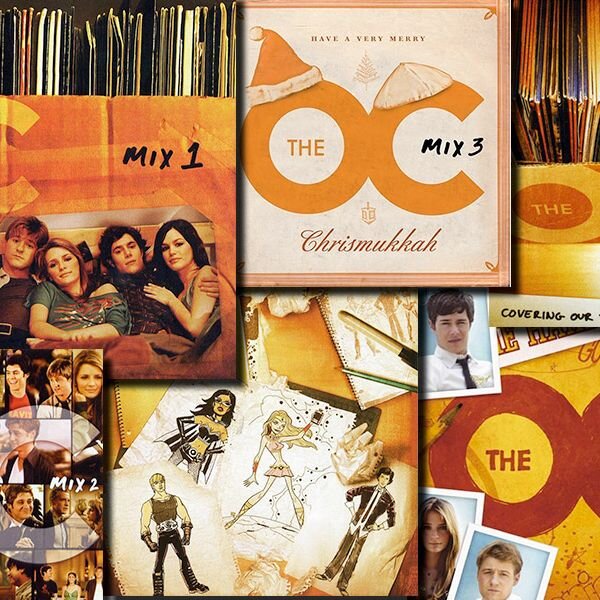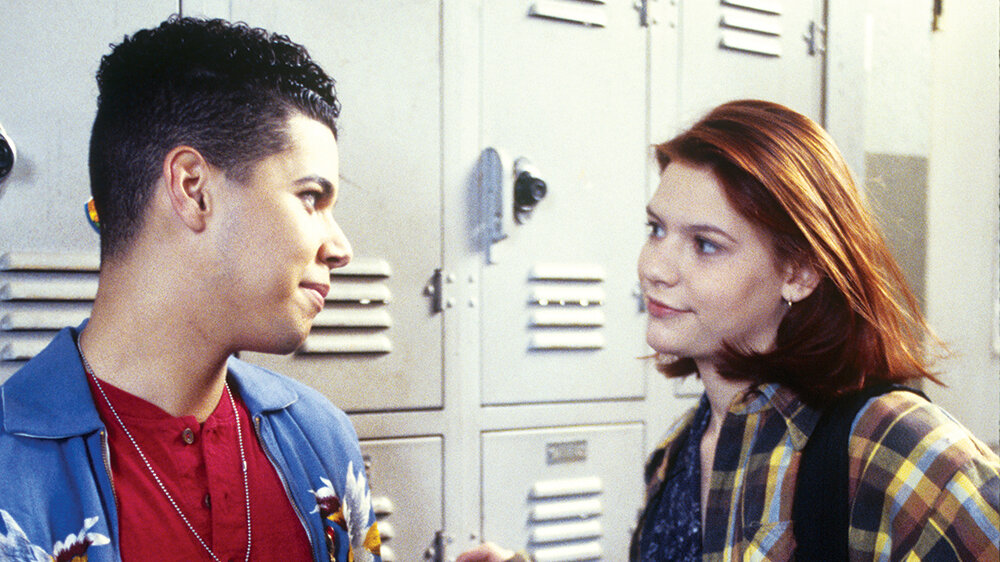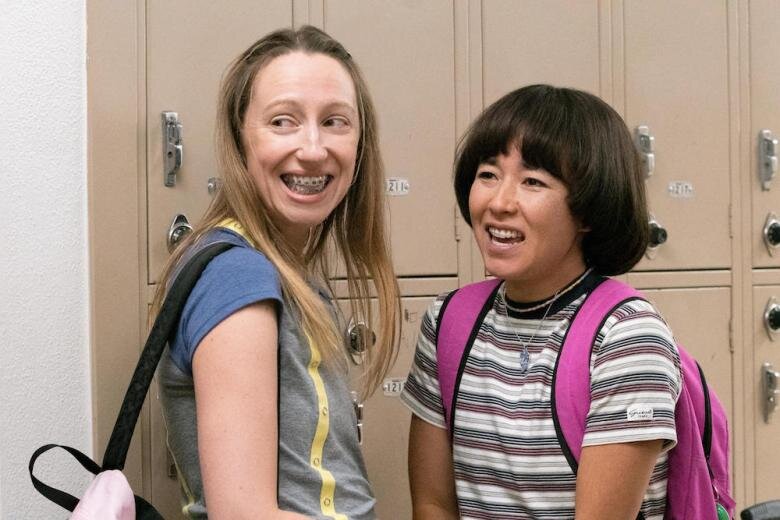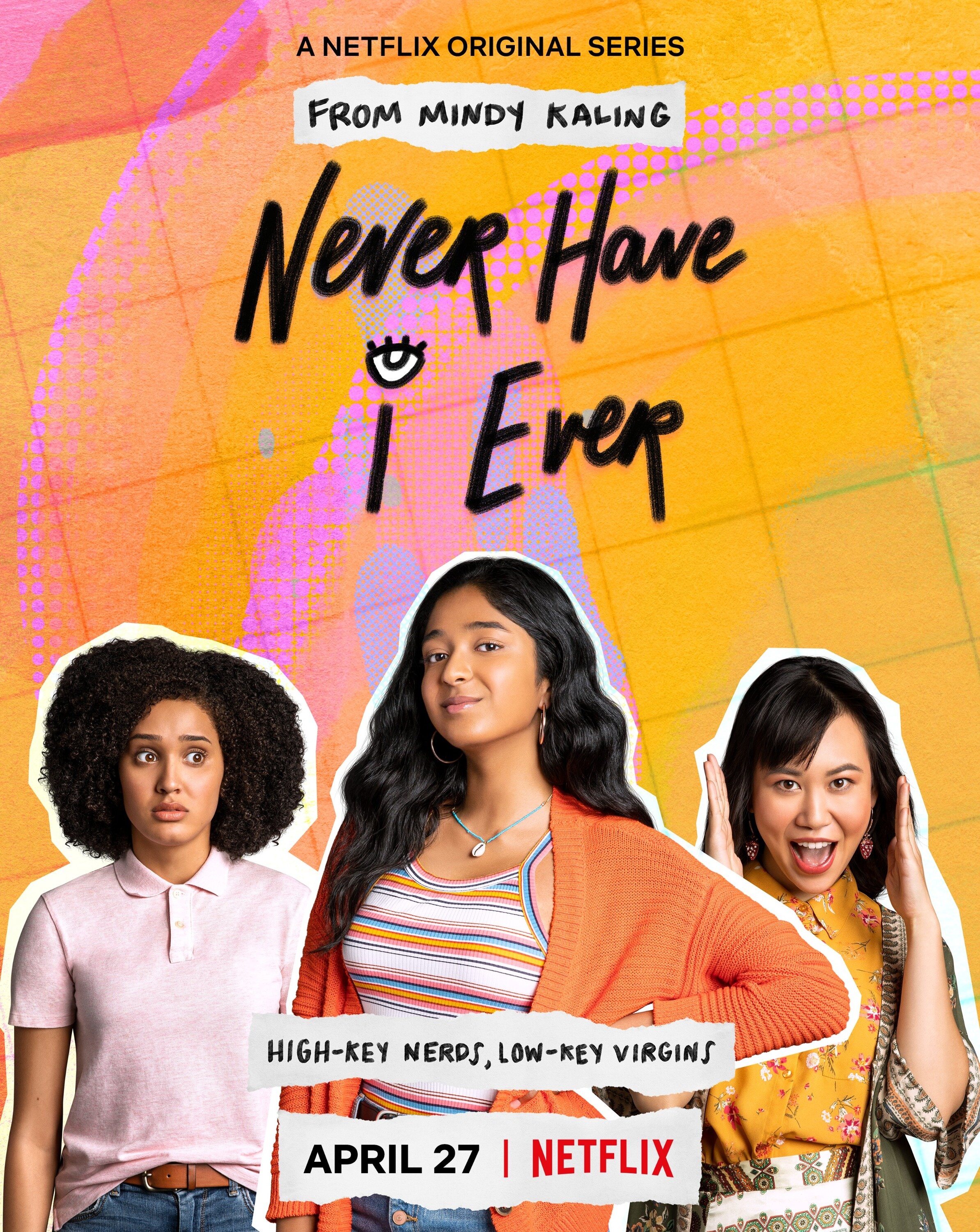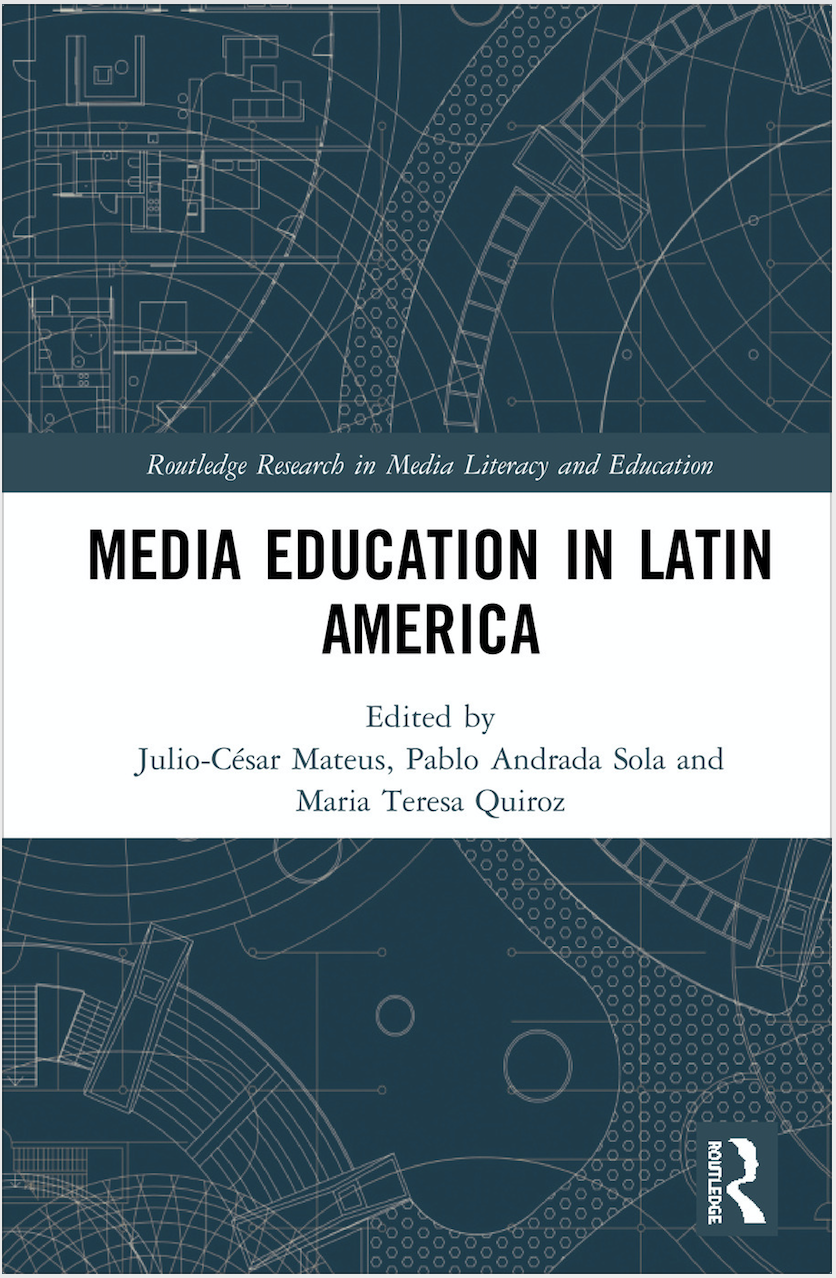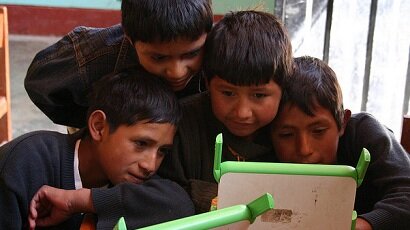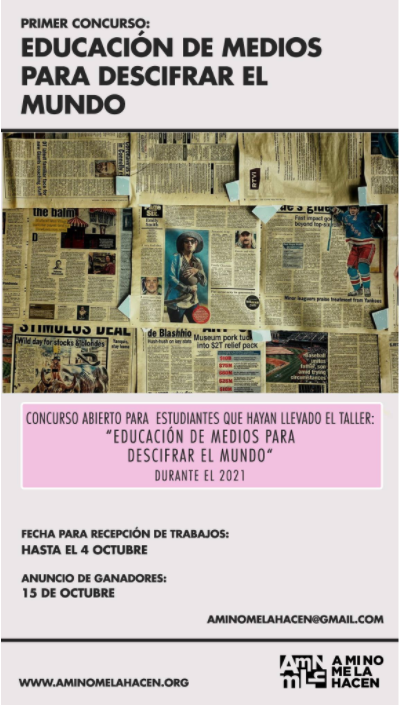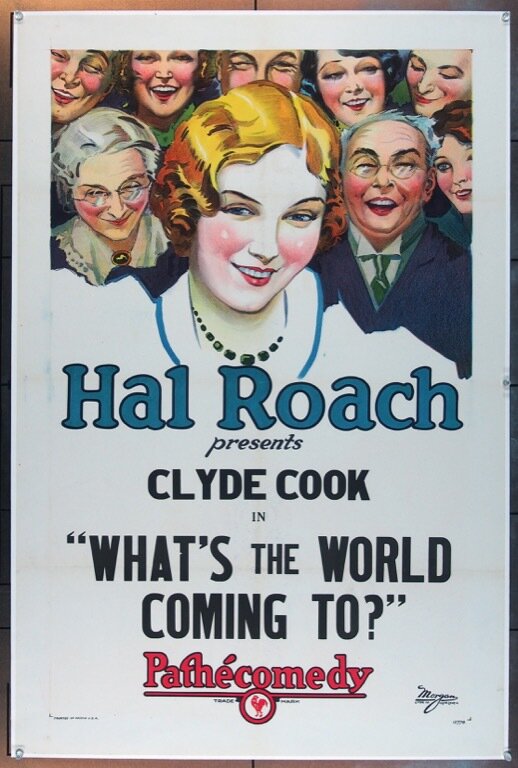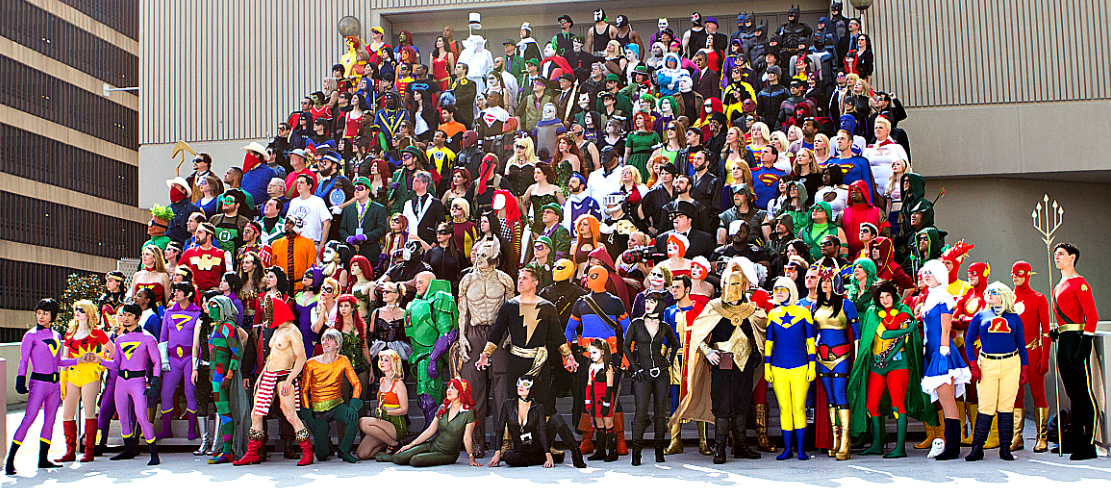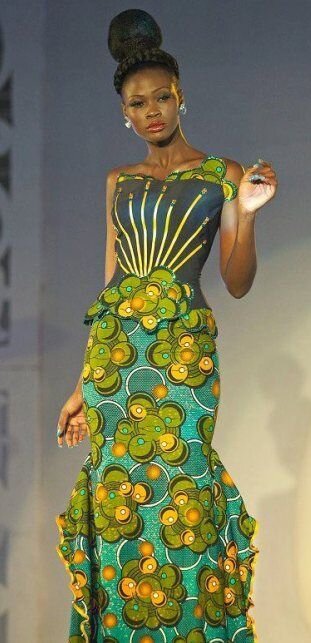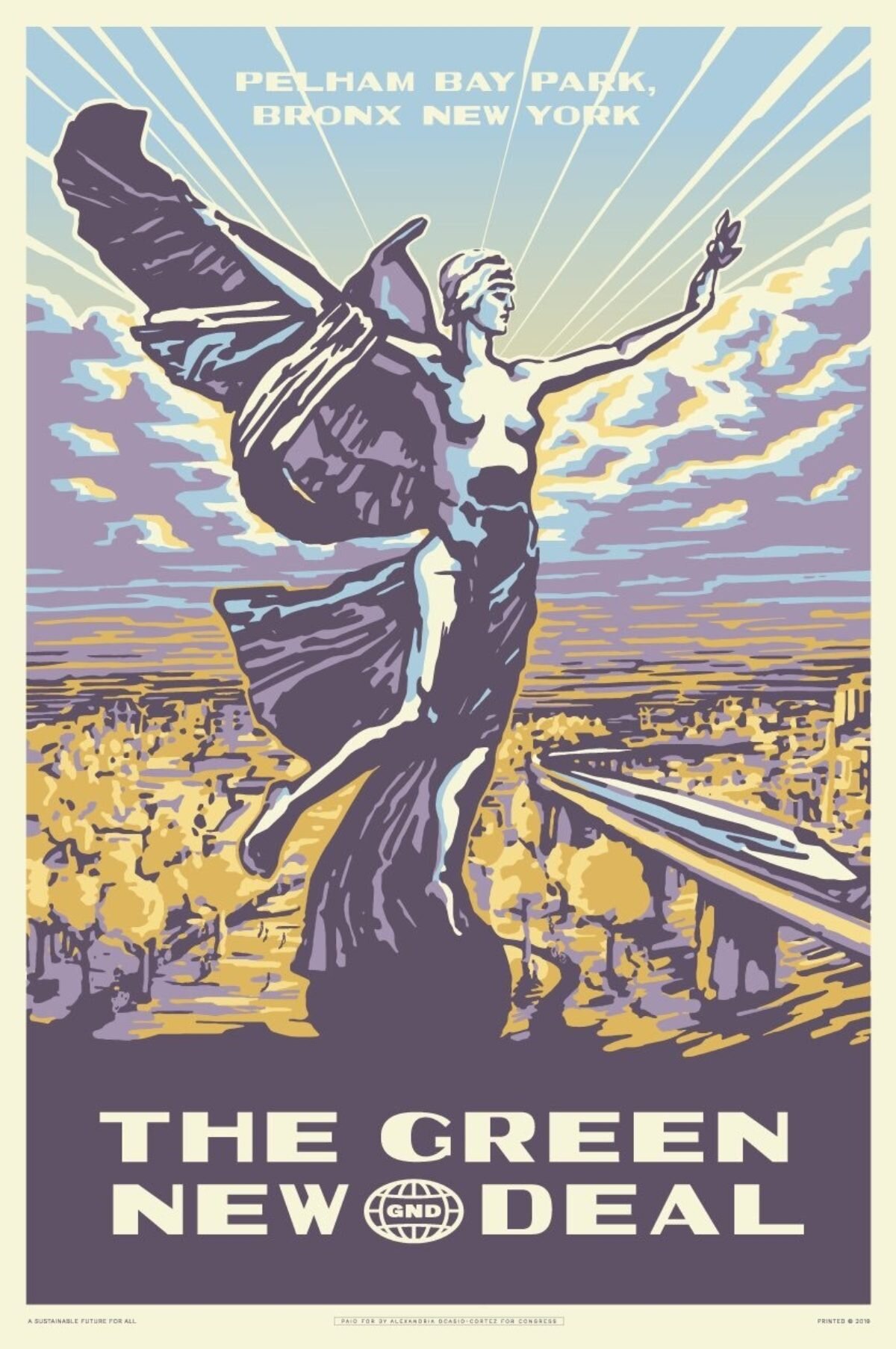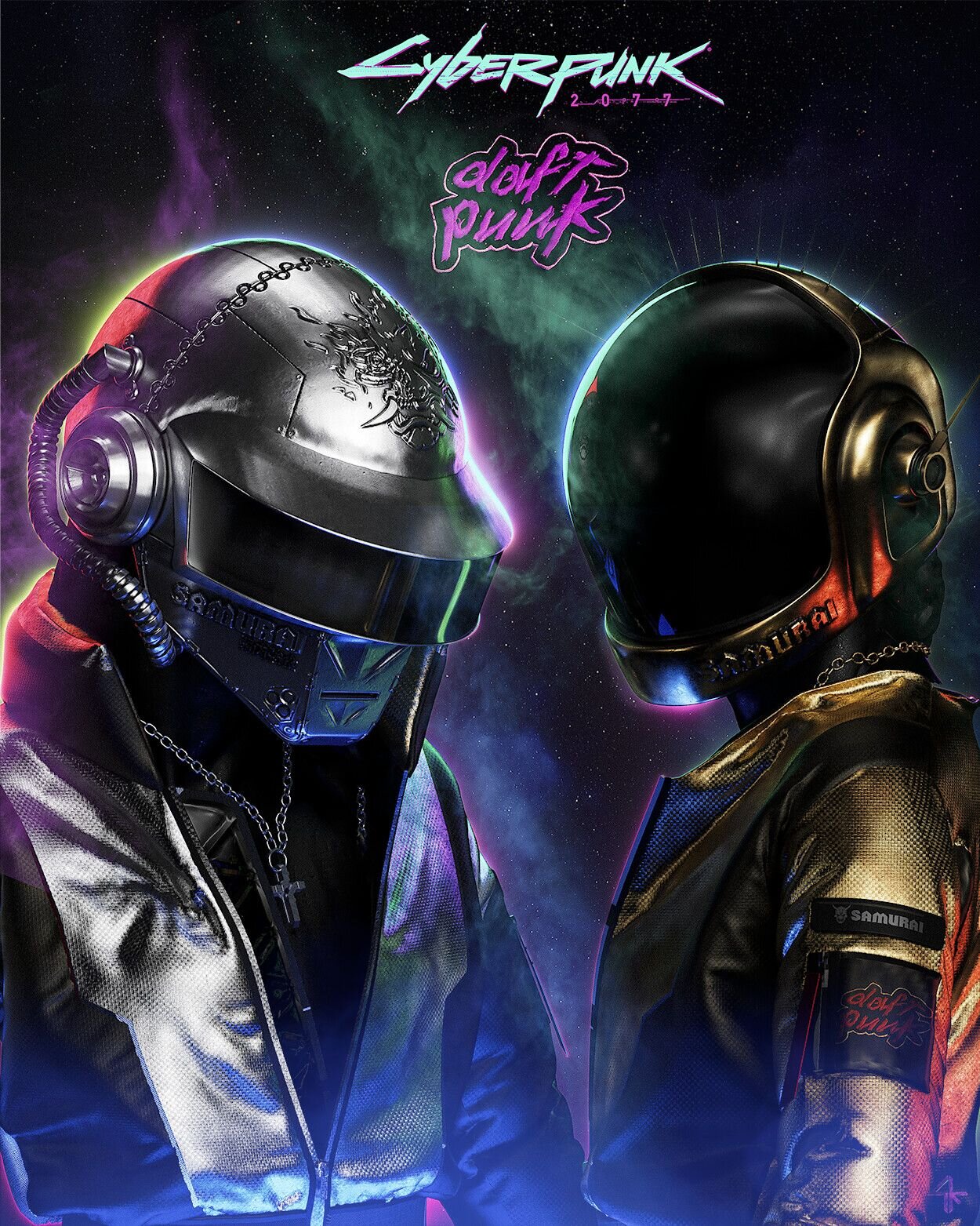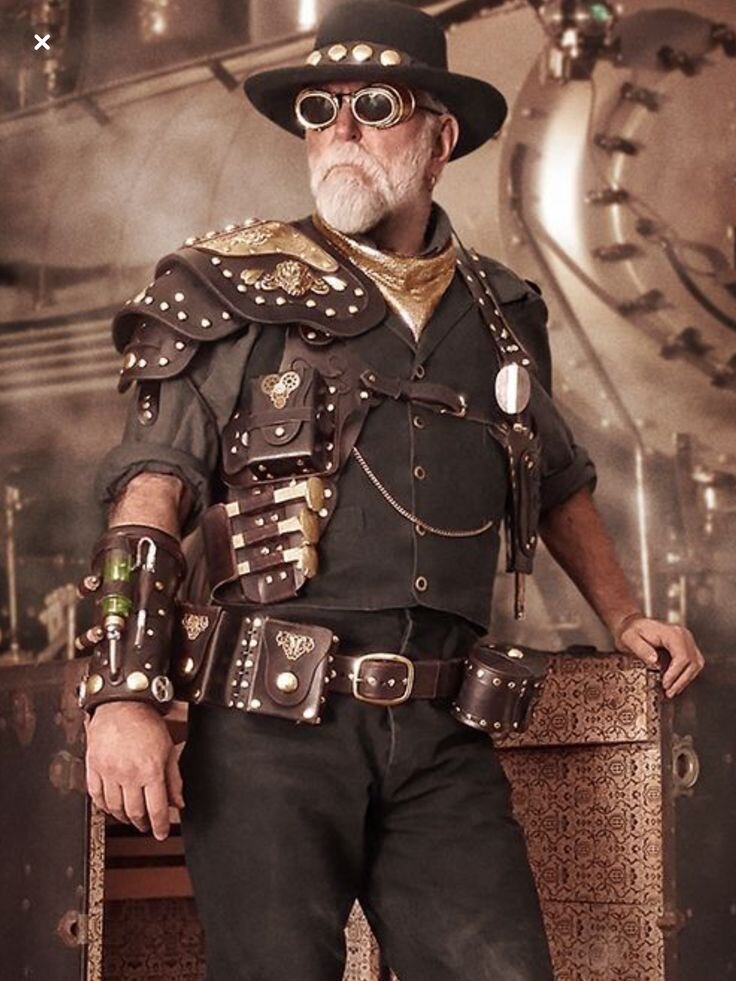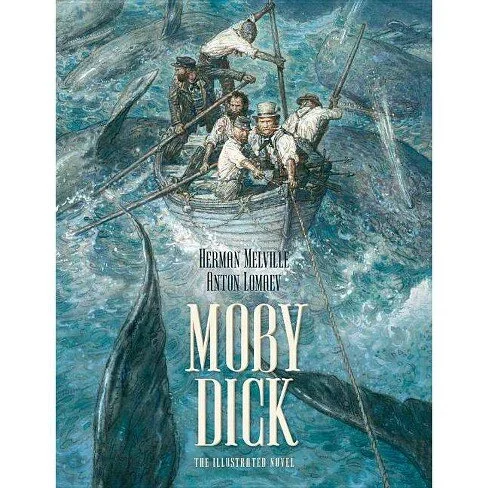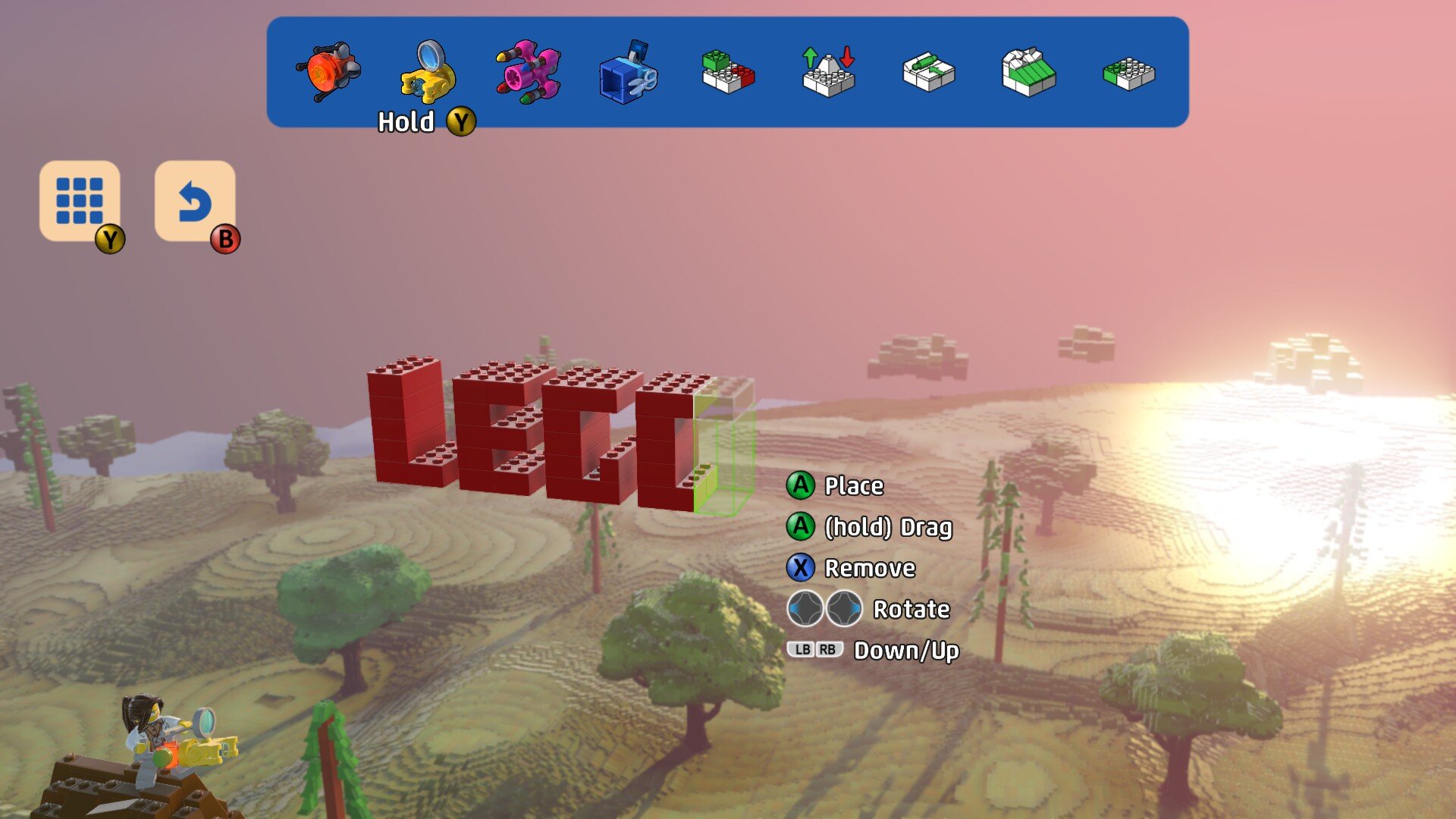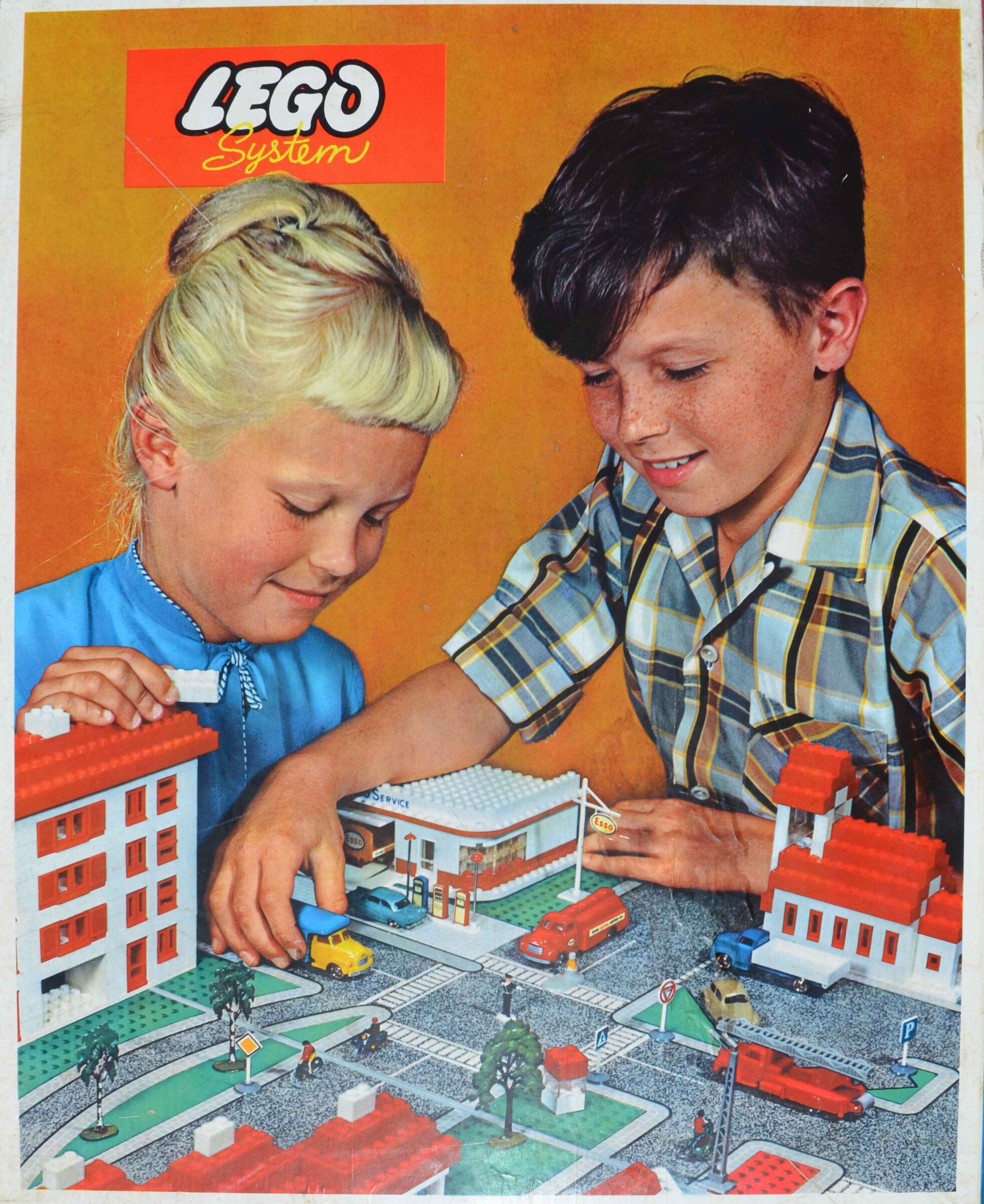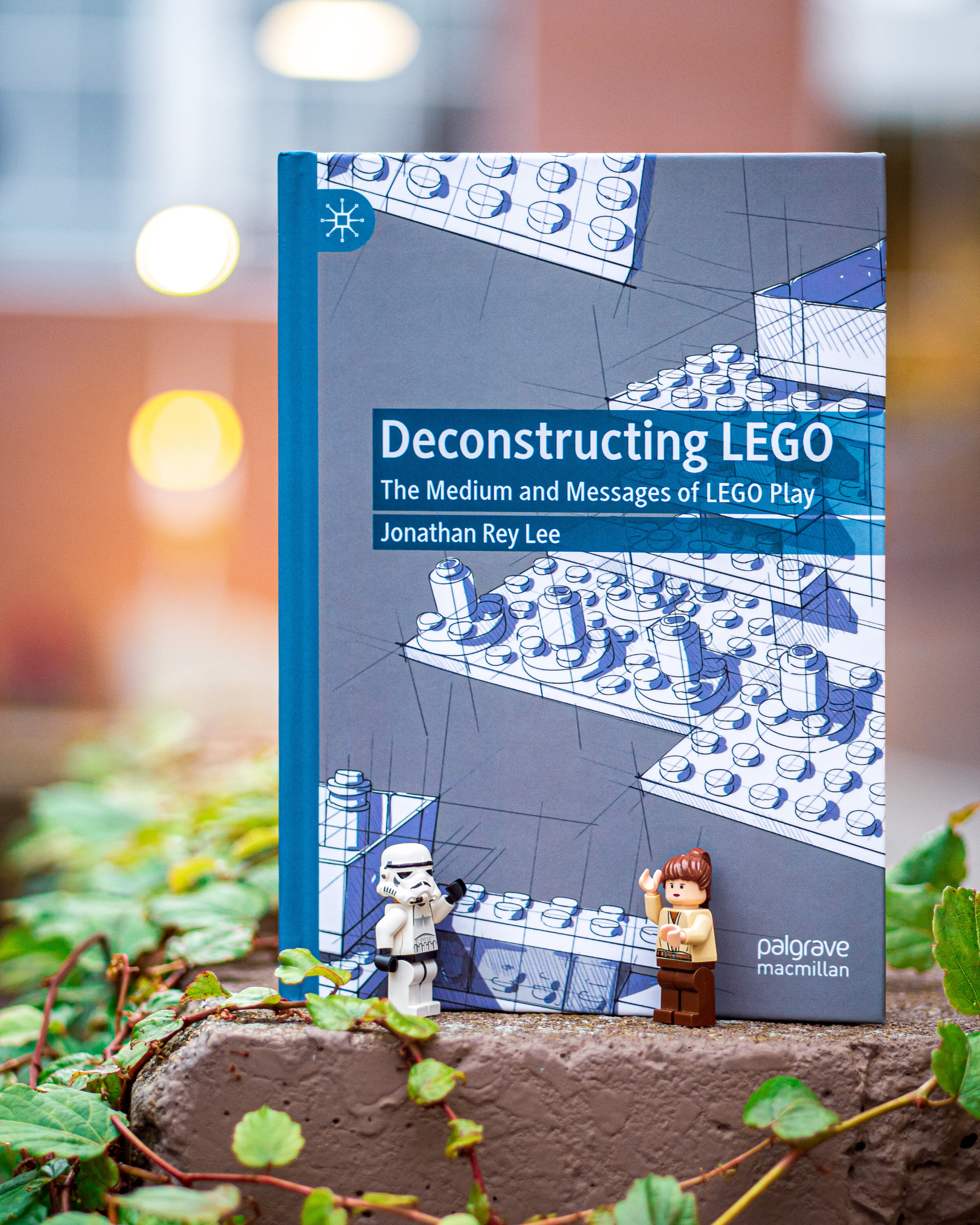COMM 577: Special Topics: Fandom, Participatory Culture, and Web 2.0
3 units
Fall 2021
Course Description
Sites like YouTube, Flickr, Twitter, and Wikipedia have made visible a set of cultural practices and logics that had been taking root within fandom over the past hundred-plus years, expanding their cultural influence by broadening and diversifying participation. In many ways, these practices have been encoded into the business models shaping so-called Web 2.0 companies, which have in turn made them far more mainstream, have increased their visibility, and have incorporated them into commercial production and marketing practices. The result has been a blurring between the grassroots practices I call participatory culture and the commercial practices being called Web 2.0.
Fans have become some of the sharpest critics of Web 2.0, asking a series of important questions about how these companies operate, how they generate value for their participants, and what expectations participants should have around the content they provide and the social networks they entrust to these companies. Given this trajectory, a familiarity with fandom may provide an important key for understanding many new forms of cultural production and participation and, more generally, the logic through which social networks operate.
So, to define our three terms (at least provisionally):
· fandom refers to the social structures and cultural practices created by the most passionately engaged consumers of mass media properties
· participatory culture refers more broadly to any kind of cultural production which starts at the grassroots level and which is open to broad participation
· Web 2.0 is a business model that sustains many web-based projects that rely on principles such as user creation and moderation, social networking, and "crowdsourcing"
That said, the debates about Web 2.0 are only the most recent set of issues in cultural and media studies which have been shaped by the emergence of a field of research focused on fans and fandom. Fan studies:
· emerged from the Birmingham School's investigations of subcultures and resistance
· became quickly entwined with debates in Third Wave Feminism and queer studies
· has been a key space for understanding how taste and cultural discrimination operate
· has increasingly been a site of investigation for researchers trying to understand informal learning or emergent conceptions of the citizen/consumer
· has shaped legal discussions around appropriation, transformative work, and remix culture
· enters discussions of racial representation, diversity, and inclusion within the entertainment industry
· offers a useful window for understanding how globalization is reshaping our everyday lives
· contributes to important debates about the nature of media authorship
· and so much more
This course will be structured around an investigation of the contribution of fan studies to cultural theory, framing each class session around a key debate and mixing writing explicitly about fans with other work asking questions about cultural change and the politics of everyday life. This term, I have chosen to revise my syllabus to reflect ongoing debates in the field – in particular, a new effort to “de-colonize fandom studies,” to re-center the field around questions of race and nationality, as well as its historic focus on gender and sexuality. Together, we will work through the ways that this new work requires us to question and revise earlier formulations of the field.
Student Learning Outcomes
· Distinguish among fandom, participatory culture, and Web 2.0
· Map the roots of fandom studies in earlier theories of audiences, readers, subcultures, and publics
· Recognize and apply methods (ethnography, autoethnography, historiography, close textual analysis) associated with fandom studies
· Explore the links between fandom studies and earlier forms of grassroots media practice
· Engage with debates in fandom studies around gender, sexuality, generational differences, race, and nationality
· Identify core fandom practices, such as fan fiction, vidding, and cosplay
· Map the social dynamics (and tensions) that define fan communities
· Discuss the relationship between fan activism and civic imagination
· Define core concepts used to explain fan activity, such as resistance, participation, engagement, taste, and mastery
· Question the conflicting assumptions about authorship and intellectual property that shape relations between fans and producers
· Debate Moral Economy and Fan Labor as contrasting models for how value emerges from fan communities
· Make an original contribution to the scholarship on fandom and participatory culture
Course Notes
This class relies heavily on discussion of core concepts drawn from the readings and, thus, I expect students to come to class prepared with ideas and questions to be discussed. Students may be called to revisit issues that surfaced during the dialogic writing, which is intended to spark ideas and identify students’ interests. I may also invite students to share some of their own research and experience, informally, with the class, if it seems appropriate. And all students will make short presentations of final research projects. Students are encouraged to bring to class examples of fan practices drawn from their own experiences. Most of the work we are reading draws on fan practices in the Anglo-American tradition. I recognize that what fandom looks like, how it operates, and what its history is will differ from country to country, and region to region. Students are encouraged to introduce other national traditions across the semester.
Required Readings and Supplementary Materials
Rukmini Pande (ed.) Fandom, Now in Color: A Collection of Voices (Iowa City: University of Iowa Press, 2020).
Anastasia Salter and Mel Stanfill, A Portrait of the Auteur as Fanboy: The Construction of Authorship in Transmedia Franchises (Jackson: University Press of Mississippi, 2020).
These can be purchased through the USC Bookstore, Amazon, or Bookshop.org. All of our other reading materials will be made available to you in PDF form or as links. These will be posted on Blackboard and incorporated in the weekly assignment sheets “handed out” in class via email. Most are in this syllabus under Course Schedule.
Description and Assessment of Assignments
Dialogic Writing: This semester, I want students to experiment with collaborative or dialogic forms of writing. You will be assigned a partner at the start of the term (someone who will bring a significantly different background and perspective from your own). Across the term, you will write a weekly series of conversational pieces where the two of you dig into issues which have been raised by the course materials, conversations, and experiences, but which will also draw on your own observations about fandom and participatory culture. These are not crossfire posts; your goal is to explore your differences but also to search for common ground. Each installment should be roughly 1,500 words (i.e. 750-1k words per contributor) and should include more than one round of back and forth exchanges. Assignments are due by 9 AM on the day the class meets.
(20 percent each round)
(I will provide two grades, one based on work prior to Oct. 12, one at the end of the class.)
Autoethnography: You will write a short five-page auto-ethnography describing your own history as a fan of popular entertainment. You will explore whether or not you think of yourself as a fan, what kinds of fan practices you engage with, how you define yourself as a fan, how you became invested in the media franchises that have been part of your life, and how your feelings about being a fan might have adjusted over time.
(10 percent)
(Due by 5 PM on Sept. 9)
Annotated Bibliography: You will develop an annotated bibliography exploring one of the theoretical debates that have been central to the field of fan studies. These might include those which we've identified for the class, or they might include other topics more relevant to the student's own research. What are the key contributions of fan studies literature to this larger field of inquiry? What models from these theoretical traditions have informed work in fan studies? This bibliography is intended to get you started with the secondary reading for your final project and should include a brief abstract of what you hope to explore through that project.
(10 Percent)
(Due by 5 PM on Oct. 28)
Final Paper: You will write a 15-20-page essay on a topic of your own choosing (in consultation with the instructor) which you feel grows out of the subjects and issues we've been exploring throughout the class. The paper will ideally build on the annotated bibliography created for the earlier assignment.
(30 percent)
(Due on the scheduled exam date for the class, which is announced later in the term)
Students will also do a short 10-minute presentation of their findings during the final week of class.
(10 percent)
(Due in final class session)
Breakdown of Grade
Assignment
% of Grade
Dialogic Writing, Round One
20%
Autoethnography
10%
Annotated Bibliography
10%
Dialogic Writing, Round Two
20%
Final Paper Presentation
10%
Final Paper
30%
TOTAL
100%
WEEK ONE: August 24
Defining Terms
· Jonathan Gray, Cornel Sandvoss, and C. Lee Harrington, "Why Study Fans?" in Jonathan Gray, Cornel Sandvoss, and C. Lee Harrington (eds.), Fandom: Identities and Communities in a Mediated World (New York: New York University Press, 2007).
If you have not previously read any of the following, take a look:
· Angela McRobbie, “Settling Accounts with Subcultures: A Feminist Account,” http://www.hu.mtu.edu/~jdslack/readings/CSReadings/McRobbie_Settling_Accounts_with_Subcultures.pdf.
· Stuart Hall, “Encoding/Decoding” in Simon During (ed.), The Cultural Studies Reader (London: Routledge, 2007), https://faculty.georgetown.edu/irvinem/theory/SH-Encoding-Decoding.pdf.
· Raymond Williams, “Culture Is Ordinary” (1958).
· Janice Radway, “The Readers and Their Romances,” Reading the Romance: Women, Patriarchy and Popular Literature (Durham, NC: Duke University Press, 1984).
· Richard Dyer, “Judy Garland and Gay Men,” Heavenly Bodies: Film Stars and Society (London: McMillian, 1986).
· bell hooks, "The Oppositional Gaze: Black Female Spectators," in Black Looks: Race and Representation, (Boston: South End Press).
· Stanley Fish, “Is There a Text in This Class?” Is There a Text in This Class? (Cambridge: Harvard University Press, 1980).
WEEK TWO: August 31st
Fan Studies and Cultural Resistance
· John Fiske, "The Cultural Economy of Fandom," in Lisa A. Lewis (ed.), The Adoring Audience: Fan Culture and Popular Media (New York: Routledge, 1992).
· Camille Bacon-Smith, "Identity and Risk," Enterprising Women: Television Fandom and the Creation of Popular Myth (Philadelphia: University of Pennsylvania Press, 1992).
· Constance Penley, "Feminism, Psychoanalysis, and the Study of Popular Culture," in Lawrence Grosberg, Cary Nelson, and Paula A. Treichler (eds.), Cultural Studies (Durham: Duke University Press, 1991).
· Henry Jenkins, "Star Trek Rerun, Reread, Rewritten,” Fans, Bloggers and Gamers (New York: New York University Press, 2006).
· Rebecca Wanzo, “African American Acafandom and Other Strangers: New Genealogies of Fan studies,” Transformative Works and Culture 20, 2015, http://journal.transformativeworks.org/index.php/twc/article/view/699.
· (Rec.) Stephen Duncombe, “Resistance” in Laurie Ouellette and Jonathan Gray (eds.), Keywords For Media Studies(New York: New York University Press, 2017).
· (Rec.) Henry Jenkins, “Negotiating Fandom: The Politics of Race-Bending” in Melissa A. Click and Suzanne Scott (eds.), The Routledge Companion of Fandom Studies (London: Routledge, 2017).
WEEK THREE: September 7
From Engagement to Participation
· Mark Duffet, “How Do People Become Fans?” Understanding Fandom: An Introduction to the Study of Media Fan Cultures (London: Bloomsbury, 2013).
· Rhiannon Bury, “Fans, Fan Studies and the Participatory Continuum,” in Melissa A. Click and Suzanne Scott (eds.), The Routledge Companion of Fandom Studies (London: Routledge, 2017).
· Henry Jenkins, Sam Ford, and Joshua Green, “The Value of Media Engagement,” Spreadable Media: Creating Value and Meaning in a Networked Culture (New York: New York University Press, 2013), 113-150.
(cont.)
· danah boyd, Henry Jenkins, and Mimi Ito, “Defining Participatory Culture,” Participatory Culture in a Networked Era (London: Polity, 2014), 1-31.
Alfred L. Martin Jr., “Surplus Blackness,” Flow, April 27, 2021, https://www.flowjournal.org/2021/04/surplus-blackness/.
Auto-Ethnography Assignment Due by 5 PM on September 9
WEEK FOUR: September 14
Tracing the History of Participatory Culture
· Robert Darnton, "Readers Respond to Rousseau: The Fabrication of Romantic Sensibility," The Great Cat Massacre and Other Episodes in French Cultural History (New York: Basic, 2009).
· Daniel Cavicchi, “Foundational Discourses of Fandom” in Paul Booth (ed.), A Companion of Media Fandom and Fan Studies (New York: Wiley Blackwell, 2017).
· Alexandra Edwards, “Literature Fandom and Literary Fans” in Paul Booth (ed.), A Companion of Media Fandom and Fan Studies (New York: Wiley Blackwell, 2017).
· andré m. carrington, “Josh Brandon’s Blues: Inventing the Black Fan,” Speculative Blackness: The Future of Race in Science Fiction (Minneapolis: University of Minnesota Press, 2016).
· Helen Merrick, “FLAWOL: The Making of Fannish Feminisms,” The Secret Feminist Cabal: A Cultural History of Science Fiction Feminisms (New York: Aqueduct, 2019).
WEEK FIVE: September 21
Fan Activism, Fan Education
· Neta Kligler Vilenchik, “’Decreasing World Suck’: Harnessing Popular Culture for Fan Activism,” in Henry Jenkins et al., By Any Media Necessary: The New Youth Activism (New York: New York University Press, 2016).
· Henry Jenkins, Sangita Shresthova, Liana Gamber-Thompson, and Neta Kligler Vilenchik, “Superpowers to the People: How Young Activists are Tapping the Civic Imagination,” in Eric Gordon and Paul Mihailidis (eds.), Civic Media: Technology, Design, Practice (Cambridge: MIT Press, 2016).
· Ashley Hink, “The Nerdfighter’s YouTube Project for Awesome,” Politics for the Love of Fandom: Fan-Based Citizenship in the Digital World (New Orleans: Louisiana University Press, 2019).
· Lori Kido Lopez, "Fan Activists and the Politics of Race in The Last Airbender."International Journal of Cultural Studies 15(5): 431–445. http://dx.doi.org/10.1177/1367877911422862.
WEEK SIX: September 28
The Contested Social Dynamics of Fandom
· McKenna James Boeckner, Monica Flegel and Judith Leggatt, “‘Not My Captain America’: Racebending, Reverse Discrimination, and White Panic in the Marvel Comics Fandom,” in Rukmini Pande (ed.), Fandom, Now in Color: A Collection of Voices (Iowa City: University of Iowa Press, 2020).
· Matt Hills, “From Fan Doxa to Toxic Fan Practices,” Participations, May 2018.
· Benjamin Woo, “The Invisible Bag of Holding: Whiteness and Media Fandom,” in Melissa A. Click and Suzanne Scott (eds.), The Routledge Companion of Fandom Studies (London: Routledge, 2017).
· Mel Stanfill, 2011, "Doing Fandom, (Mis)doing Whiteness: Heteronormativity, Racialization, and the Discursive Construction of Fandom," in Robin Anne Reid and Sarah Gatson (eds.), "Race and Ethnicity in Fandom," Transformative Works and Cultures 8 (special issue), 2011, https://journal.transformativeworks.org/index.php/twc/article/view/256.
· Suzanne Scott, “Interrogating the Fake Geek Fan Girl: The Spreadable Misogyny of Contemporary Fan Culture,” Fake Geek Girls: Fandom, Gender and the Contemporary Culture Industry (New York: New York University Press, 2019).
WEEK SEVEN: October 5
Transcultural Fandom
· Bertha Chin and Lori Hitchcock Morimoto, “Towards a Theory of Transcultural Fandom,” Participations, May 2013, http://www.participations.org/Volume%2010/Issue%201/7%20Chin%20&%20Morimoto%2010.1.pdf.
· Bertha Chin, Aswin Punathembekar, Sangita Shresthova, “Advancing Transcultural Fandom: A Conversation,” in Melissa A. Click and Suzanne Scott (eds.), The Routledge Companion of Fandom Studies (London: Routledge, 2017).
· Rukmini Pande, “Can’t Stop the Signal: Online Media Fandom as Postcolonial Cyberspace,” Squee From the Margins: Fandom and Race (Iowa City: University of Iowa Press, 2019).
· Mizuko Ito, “Contributors Versus Leechers: Fansubbing Ethics and a Hybrid Public Space,” in Mizuko Ito, Daisuke Okabe and Izumi Tsuji (eds.), Fandom Unbound: Otaku Culture in a Connected World (New Haven: Yale University Press, 2012).
· Miranda Ruth Larsen, “‘But I’m a Foreigner Too’: Otherness, Racial Oversimplification and Historical Amnesia in K-Pop Fandom,” in Rukmini Pande (ed.), Fandom, Now in Color: A Collection of Voices (Iowa City: University of Iowa Press, 2020).
WEEK EIGHT: October 12
Performing Fan Identities
· Ellen Kirkpatrick, "On [Dis]play: Outlier Resistance and the Matter of Racebending Superhero Cosplay," in Abigail De Kosnik and andré m. carrington (eds.), "Fans of Color, Fandoms of Color,” Transformative Works and Cultures 29 (special issue), 2019, https://journal.transformativeworks.org/index.php/twc/article/view/1483.
· Samantha Close, “Fannish Masculinities in Transition in Anime Music Video Fandom,” Transformative Works and Cultures 22, 2016, http://journal.transformativeworks.org/index.php/twc/article/view/713.
· Rebecca Williams, “Fan Tourism and Pilgrimage” in Melissa A. Click and Suzanne Scott (eds.), The Routledge Companion of Fandom Studies (London: Routledge, 2017).
· Nicole Lamerichs,”Fan Fashion: Re-Enacting Hunger Games Through Clothing and Design,” in Paul Booth (ed.), A Companion of Media Fandom and Fan Studies (New York: Wiley Blackwell, 2017).
· Joan Miller, “Race Play: Whiteness and Erasure in Cross-Racial Cosplay,” in Rukmini Pande (ed.), Fandom, Now in Color: A Collection of Voices (Iowa City: University of Iowa Press, 2020).
End of First Grading Period for Dialogic Writing
WEEK NINE: October 19
Fan Production: Fan Fiction
· Ebony Elizabeth Thomas, Amy Stornaiuolo,“Race, Storying and Restorying: What We Can Learn From Black Fans?” in Abigail De Kosnik and andré m. carrington (eds.), "Fans of Color, Fandoms of Color,” Transformative Works and Cultures 29 (special issue), 2019, https://journal.transformativeworks.org/index.php/twc/article/view/1562.
· Julie Levin Russo, “The Queer Politics of Femslash,” in Melissa A. Click and Suzanne Scott (eds.), The Routledge Companion of Fandom Studies (London: Routledge, 2017).
· Francesca Coppa, “Five Things Fan Fiction Is and One Thing It Isn’t,” The Fan Fiction Reader: Folk Tales for the Digital Age (Ann Arbor: University of Michigan Press. 2017.)
· Rukmini Pande and Swati Moitra, “‘Yes, the Evil Queen Is Latina!’: Racial Dynamics of Online Femslash Fandoms,” in Julie Levin Russo and Eve Ng (eds.), “Queer Female Fandom, Transformative Works and Cultures 24 (special issue), 2017, https://journal.transformativeworks.org/index.php/twc/article/view/908.
· Francesca Coppa and Rebecca Tushnett, “Transformative,” in Keywords in Remix Studies (London: Routledge, 2018).
WEEK TEN: October 26
Fan Production: Vidding and Fan Art
· Tisha Turk and Joshua Johnson, "Toward an Ecology of Vidding," in Francesca Coppa and Julie Levin Russo (eds.), "Fan/Remix Video," Transformative Works and Cultures 9 (special issue), 2012, https://journal.transformativeworks.org/index.php/twc/article/view/326/294.
· Katherine Freund, “Becoming a Part of the Storytelling: Fan Vidding Practices and Histories,” in Paul Booth (ed.), A Companion of Media Fandom and Fan Studies (New York: Wiley Blackwell, 2017).
· Francesca Coppa, Alex Lothian, Tisha Turk, “Vidding and Identity: A Conversation” in Melissa A. Click and Suzanne Scott (eds.), The Routledge Companion of Fandom Studies (London: Routledge, 2017).
· Abigail De Kosnik, “Queer and Feminist Archival Cultures: The Politics of Preserving Fan Works,” Rogue Archives: Digital Cultural Memory and Media Fandom (Cambridge: MIT Press, 2016).
Annotated Bibliography Assignment Due by 5 PM on October 28
WEEK ELEVEN: November 2
Fandom and Authorship
· Anastasia Salter and Mel Stanfill, A Portrait of the Auteur as Fanboy: The Construction of Authorship in Transmedia Franchises (Jackson: University Press of Mississippi, 2020).
If you have not yet read it, please also read:
· Michel Foucault, “What Is an Author?” http://artsites.ucsc.edu/faculty/Gustafson/FILM%20162.W10/readings/foucault.author.pdf.
WEEK TWELVE: November 9
Fan Labor, Moral Economy, and the Gift Economy
· Henry Jenkins, Sam Ford, and Joshua Green, “What Went Wrong with Web 2.0,” Spreadable Media: Creating Value and Meaning in a Networked Culture (New York: New York University Press, 2013).
· Mark Andrejevic, "Exploiting YouTube: Contradictions of User-Generated Labor," in Pelle Snickars and Patrick Vonderau (eds.), The YouTube Reader (Stockholm: National Library of Sweden, 2009).
· Tisha Turk, “Fan Work: Labor, Worth, and Participation in Fandom’s Gift Economy,” Transformative Works and Cultures 15, 2014, https://journal.transformativeworks.org/index.php/twc/article/view/518.
· John Campbell, “Whistle While You Work: Alienation, Exploitation, and the Immaterial Labor of Disney Fans,” (Work in Progress).
· Nancy Baym, "Participatory Boundaries," Playing to the Crowd: Musicians, Audiences, and the Intimate Work of Connection (New York: New York University Press, 2018).
WEEK THIRTEEN: November 16
Taste, Mastery, and Material Practice
· John Bloom, "Cardboard Patriarchy: Adult Baseball Card Collecting and the Nostalgia for a Presexual Past," in Henry Jenkins, Tara McPherson and Jane Shattuc (eds.), Hop on Pop: The Politics and Pleasures of Popular Culture (Durham, NC: Duke UP, 2002) .
· Jonathan Gray, “How Do I Dislike Thee? Let Me Count the Ways,” in Melissa A. Click (ed.), Anti-fandom: Dislike and Hate in the Digital Age (New York: New York University Press, 2019).
· Melissa A. Click, “Haters Gonna Hate,” in Melissa A. Click (ed.), Anti-fandom: Dislike and Hate in the Digital Age (New York: New York University Press, 2019).
· Alan McKee, "Which is the Best Doctor Who Story? A Case Study in Value Judgment Outside the Academies," Intensities 1, 2001.
End of Second Grading Period for Dialogic Writing
WEEK FOURTEEN: November 23 Independent Student Research Session
WEEK FIFTEEN: November 30 Student Presentations


